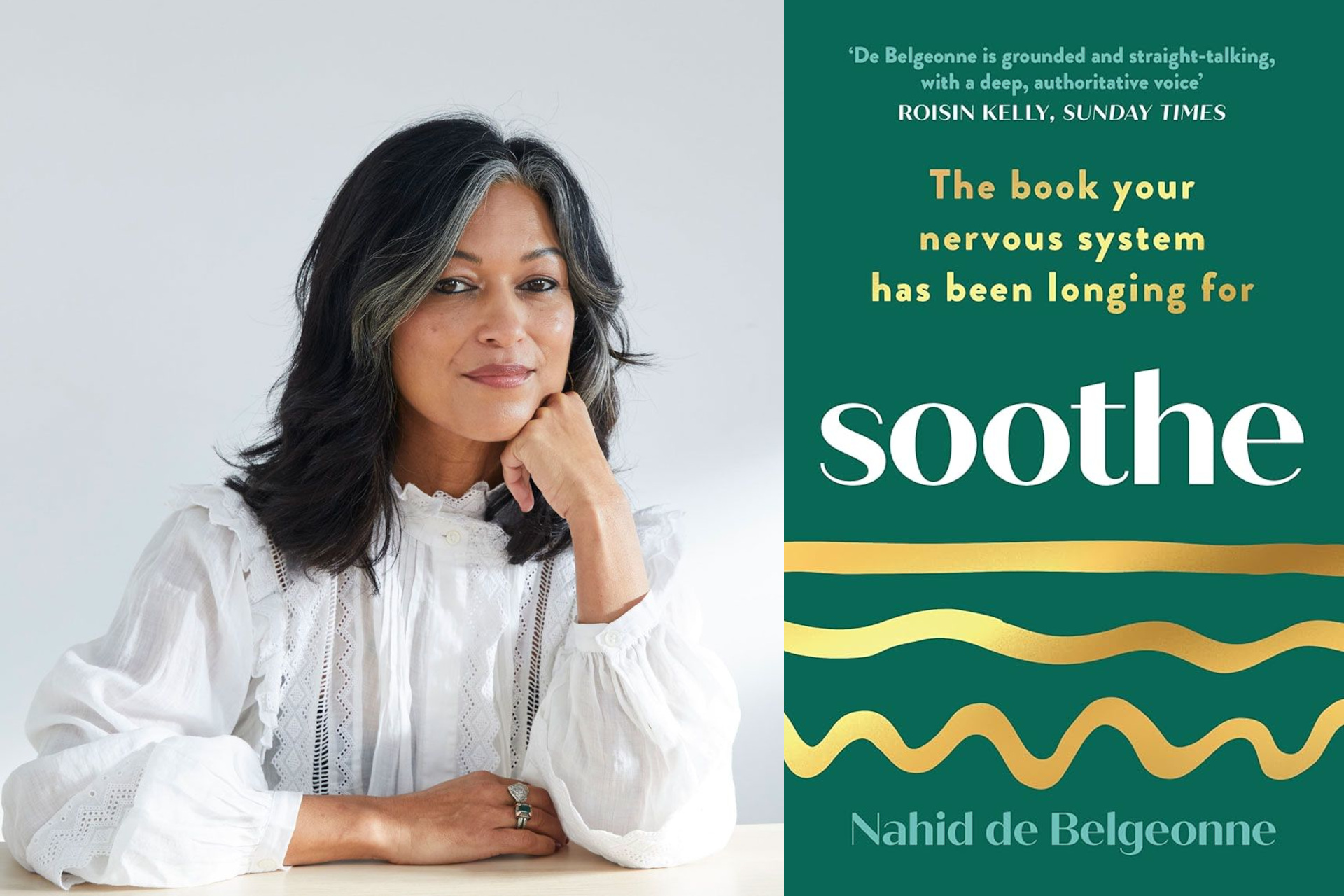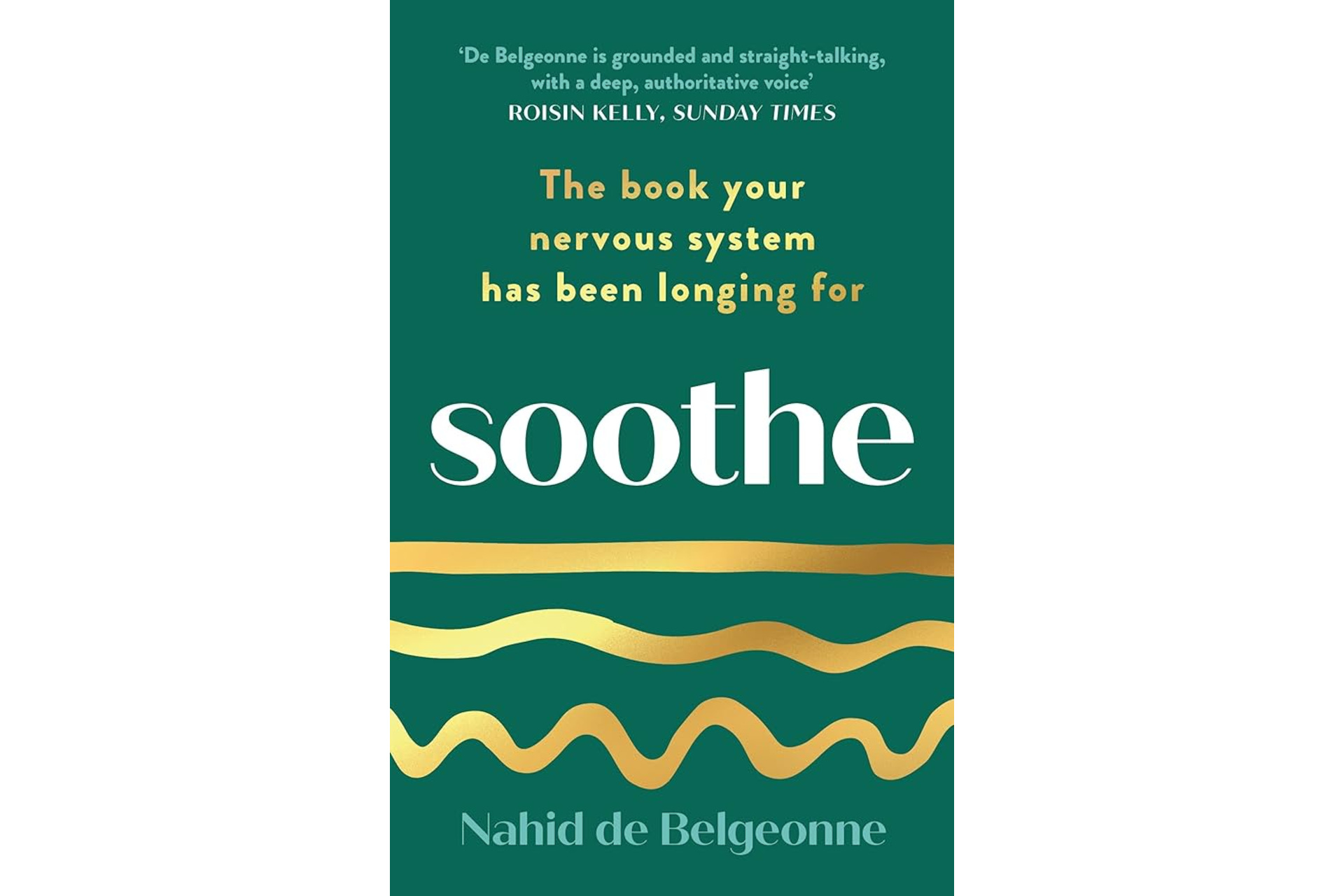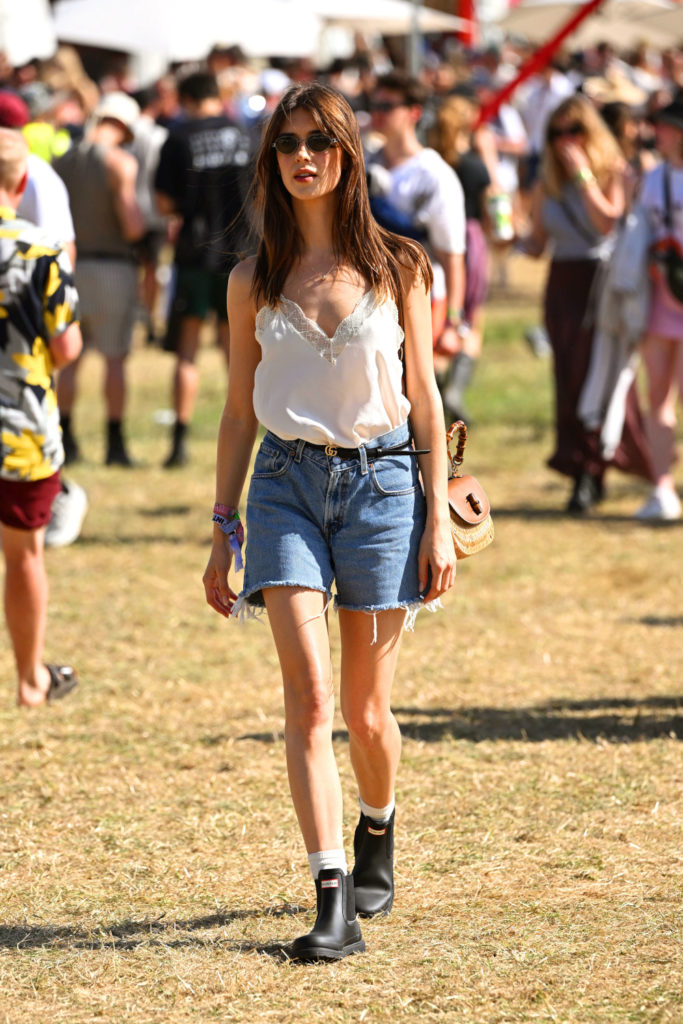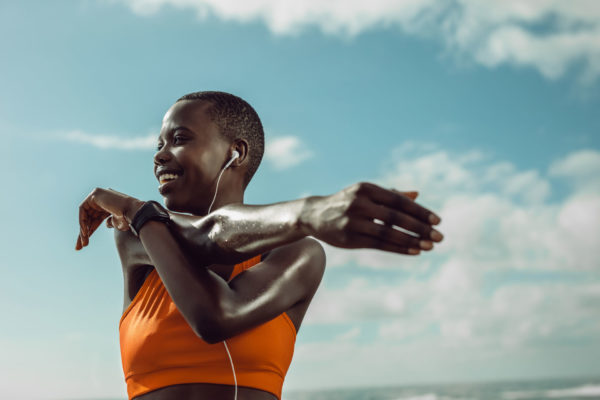Nahid de Belgeonne On Her New Book Soothe
By
1 year ago
Meet the book 'your nervous system has been longing for'

Chances are, you’ve become pretty familiar with the term ‘burnout’ by now – either from hearing about the term or by experiencing it first hand. Burnout, and the resulting brain fatigue, can leave us feeling (for lack of better term) like a pile of frazzled mush, usually when we least need it. But what if we told you there might be a way to get yourself out of that rut? Somatic movement educator Nahid de Belgeonne works with her clients to unlock the movement patterns that keep them stuck in a perpetual state of brain fatigue, and in her new book, Soothe, she shares what she’s learnt so far and how listening to the signals your body sends you can lead to a calmer, happier lifestyle. Ahead of the release of Soothe, we sat down with Nahid to talk about her background, the motivations for writing her book and how she lives a life in balance.
Nahid de Belgeonne Q&A

Nahid De Belgeonne
Hi Nahid, how’s life going right now?
My life is fizzing with excitement right now as my first book Soothe, the book your nervous system has been longing for, comes out on the 21 March. I have been on rounds of interviews and it’s been getting great feedback.
For those not familiar with you and your work, can you please tell us a little bit about yourself?
I’m Nahid de Belgeonne, an author and a somatic movement educator. Soma means ‘of the body’ and I help clients to rewire their brain through movement for better emotional health. I run a busy online clinic and specialise in chronic anxiety, stress and burnout. I also work with psychotherapists who refer their clients with deeply held trauma issues to me, where talking therapies have reached their natural conclusion.
When you were a baby, pre-language, you would have responded to the world with your whole self. You would have moved towards your mother’s voice and moved away from loud noises with your whole body. You would not have made a distinction between your mind and your body; that is something that you learn at around three years old. When you grow into an adult, the structure and responses of your nervous system are the same, you just build in layers of complexity. My work taps into the existing knowledge of your bio-intelligent body. I guide you through movement and together we notice where you hold patterns that keep you in anxiety or stress. I see it in my client’s clenched jaws, their rigid backs, their gripped hands, held breath and IBS. Your body will respond first, your mind will try to make sense of it based on your experiences so far.
I work with clients on a one-to-one basis on The Soothe Programme, a 12-week signature course of tailored private sessions designed to unlock the movement patterns that keep you stuck in specific behaviours. I’m also about to launch a self-paced group version of this programme, which is very exciting.
Why do you think so many of us are so brain fatigued or burnt out these days?
We live in a digital era where we never stop. We have unwittingly programmed ourselves for relentless forward momentum. Even our downtime is overly stimulating – Netflix, scrolling and shopping – it is too much information, delivered too fast and ongoing, for our system to process. We also have so much access to information and a lot of disinformation and propaganda which requires energy to sift through. Added to the fact that we don’t move a lot – and movement is crucial to emotionally regulate – all these things conspire to frazzle your brain and make you feel perpetually exhausted. Do that to yourself over a long period of time and you will be susceptible to inflammatory diseases and burnout.
View this post on Instagram
You’re about to release your first book, Soothe. What is it about – and what led you to write it?
I used to have chronic anxiety growing up and over the years. I had an innate understanding that movement helped me to regulate my emotions. I started running when I wanted to leave home. I started kickboxing when I wanted to leave my first husband. I started to practice yoga when I left a highly paid (but stressful) job with no plans.
I spent many years of seeking and studying to find the best practices to change how I reacted to events and to get me out of my anxiety loop.
My book Soothe is the culmination of decades of research, trialing and tweaking on myself and my clients. It’s about how listening to the signals from your body will help you to understand what you need at any given time. This curiosity stops you dropping into your habitual response.
We have been groomed over the years – with advertising, propaganda and disinformation in our post-truth era – to mistrust our feelings. We see and hear things and we instinctively respond to it physically. But we are fed a narrative about it, which on a cellular level the narrative doesn’t ring true. But because that is the overriding cultural message, we try to fit our feelings into the story and that causes cognitive dissonance. Cognitive dissonance is the mental state that occurs when we hold two conflicting beliefs or ideas. It can be caused by a variety of factors, such as new information that contradicts our existing beliefs, or when we are forced to act in a way that goes against our values. When we experience cognitive dissonance, it can cause us to feel uncomfortable, anxious or even stressed.
Once you give yourself space to get curious about the signals that your body is giving you, you are better placed to take the appropriate action. The action could be breath, movement, sleep, going outside, being in community or collective action. Your feelings require you to get curious and to take appropriate action.
My book is divided into three sections: the first part is the science and context; the second part are lessons split into morning, lunchtime and evening; the last part is about quick practices that you can do in real-time when you need to neutralise an ‘alarmed’ state such as anxiety or stress.
What would you like readers to take away from Soothe?
To be able to easily look after themselves in a deep and sustainable way.
You’re also known for developing what you call the Human Method – what is it exactly?
I used to own Good Vibes, a boutique yoga and fitness studios in central London, and I’d see people trying to fix deeply held stress, anxiety and sleep issues with classes a few times a week. While outwardly they appeared fit, many weren’t functioning as well as they could. They weren’t having periods or getting pregnant or suffered from chronic stress, sleep issues or IBS – I wanted to get under the bonnet and find out why their nervous systems were so dysregulated. What thy were doing most of the time was training their nervous system to be anxious or stressed, their one hour class gave them immediate relief but not lasting change. I studied the nervous system, which is our master system, and researched and studied the best practices to regulate your nervous system, to bring it back into balance. The Human Method is a culmination of decades long study and research.
How can our nervous system help us release stress?
Your nervous system is made up of your brain, your spinal cord and the communication from that into your organs and body and from your organs and body back into your spinal cord and brain. The job of your nervous system is to keep you alive and functioning well. The autonomic part (automatic) deals with stress responses when you are stimulated (go part) and rest and repair responses (no-go part) when you are relaxed. You want to reside neither in the go part nor the no-go part of your nervous system. The ideal scenario is that you oscillate between the two as and when you need. By cultivating awareness and adapting your action appropriately based on what you need, this allows your nervous system to become more resilient so that you can adapt to an ever-changing environment. You stay fluid and responsive to what is happening in the moment.
View this post on Instagram
And what role do natural rhythms play in improving our daily quality of life?
You’ve probably heard of the circadian rhythm: 24-hour cycles that form the internal body’s clock; they coordinate the cascade of processes that occur at different times throughout the day and night. The circadian rhythm influences every aspect of biological function, including body temperature, mood and alertness. It is a helpful practice to get outside as soon as you wake up and go for a walk outside at dusk. This helps to reset your circadian rhythm.
You might not have heard of ultradian rhythms, also known as the basic rest-and-activity cycle; these are biological patterns in the internal body which are shorter than the circadian rhythm of twenty-four hours, and which cycle throughout the day. Just as in sleep, where you enter 90-minute cycles of REM (rapid eye movement) and NREM sleep, so your body runs a similar process throughout the day. Your body and brain burn through oxygen, glucose and other energetic fuels during their focused work. Your heart rate, hormonal levels, muscle tension and alertness all peak at the first part of the cycle. Metabolic waste, which is the by-product of your mental and physical activity, builds up and you begin to experience this as stress.
At around 90 to 120 minutes you start to get easily distracted, you may have trouble keeping attention, the signals from your body start dialling up and you begin to feel fidgety, irritable, hungry or tired. Your productivity starts to wane as you experience declining energy. Your body needs some downtime. It must regenerate and rebalance, flush out debris and toxins and repair damaged tissue. Your brain requires a break from taking in information and needs to process, create essential connections and arrive at solutions. It’s a rest-and-activity cycle to allow your system to recalibrate. If you can attune yourself to these rhythms, you can ride on the wave of your body’s intelligent alertness and sleepiness cycles and plan your work accordingly.
How do you live a life in balance?
I understand it can feel like more on your to-do list but when my life gets complex in one area, I dial all other activity down and adhere to basics; going to bed at 10pm, breathing practice every morning, getting daylight in my eyes first thing and moving throughout my day. This helps me to function better so that I can stay grounded and calm. You can’t make decisions from a chaotic mind – aim to soothe your system if you are feeling frazzled and note how that allows you to function better.
Any parting words for our readers?
Cultivating a compassionate relationship with yourself will allow you to cultivate compassionate relationships with others and with the wider world.

Soothe by Nahid de Belgeonne
Where To Shop Soothe
Soothe by Nahid de Belgeonne comes out on 21 March 2024. You can pre-order your copy at waterstones.com
You can also keep up with Nahid at @thehumanmethoduk on Instagram, or on her website thehumanmethod.co.uk









